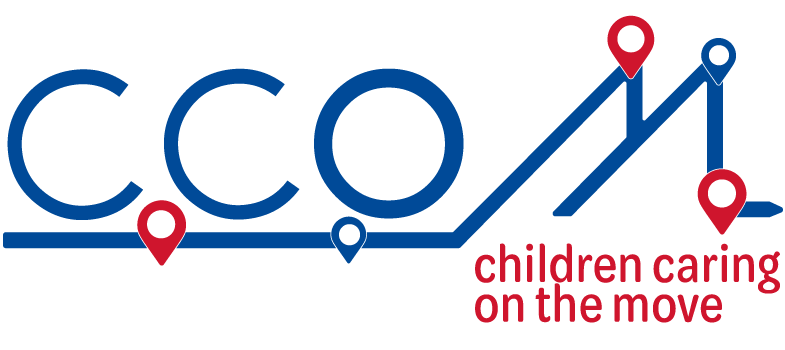1.2: How did we collect our data, and with whom?
We collected data from both young people and adults who might have either a formal or informal care connection with UASC.
Collecting data from young people
The way we wanted to gather data from our young people was quite unique compared to many research projects. First, we recruited a group of enthusiastic unaccompanied young people to work with us collaboratively as ‘Young Researchers’. We trained them in social research skills that students might learn at school or University when conducting their own research projects, such as interviewing skills. The Young Researchers then conducted interviews with other UASC with the support of the University researchers.
Overall, our team of Young Researchers and University Researchers worked with 50 young people over the duration of the project.
 Activity 1.3: Care objects
Activity 1.3: Care objects
During one of our interviews, the young people were asked to bring with them or describe an object that means ‘care’ to them and respond to interview questions about care.
Tick the items that you think our young people mentioned to us.
Discussion
Were you surprised by the some of the objects that young people brought to the interview? It may not surprise you that many of the items young people listed were important to them because they represent an important relationship. For example, the dictionary and the religious books were given to one young person from their social worker, and although the young person didn’t know them well, they remembered that for a long time. Many of the other objects were presents from friends. Technology, like phones, were the means to reach out to distant family to help them get through hard times.
Collecting data from adults
We deliberately set out to collect data from as many sectors of professionals, social care practitioners and informal care connections as we could access. Previous literature has tended to focus on particular areas like foster care (Join‐Lambert and Reimer, 2022; Reimer and Join‐Lambert, 2022; Sirriyeh, 2013; Sirriyeh and Ní Raghallaigh, 2018) or social work (Devenney, 2019; Kohli, 2006; Wright, 2014). Fewer studies have looks across a range of sectors which, for us, included social work, foster care, charity advocates, educators, paediatricians, mental health therapists, interpreters, immigration lawyers, and border force. Our study took place during the middle of the Covid-19 pandemic so there were limitations in gaining access to all the adults who connect with UASC as part of their life or work.
Our interviewees worked at a variety of levels; some of them were Project Managers and Co-ordinators and others worked directly with young people. In total, we interviewed 64 professionals and practitioners. Our interview schedule broadly covered four areas:
A note on language
Throughout this course we use the term ‘Unaccompanied Asylum-Seeking Children’ (UASC) but it has been recognised as an oppressive term that may be counter to social work values by over-emphasising a child’s immigration status over the child themselves (see Crawley, 2011). Additionally, not all young people who migrate without kin seek asylum. They may not describe themselves as ‘unaccompanied’ if they, for example, travelled with another young person. However, it is the most commonly used terminology within social work and, therefore, we have used it for the purposes of this course.
1.1: The Children Caring on the Move project

